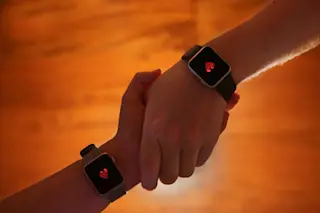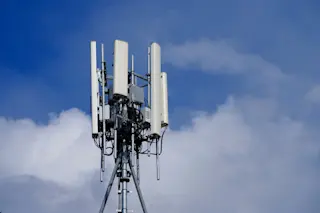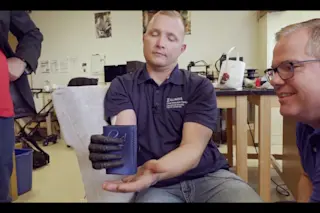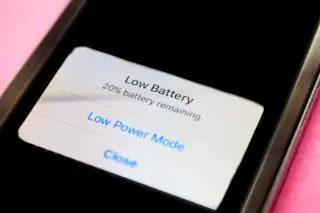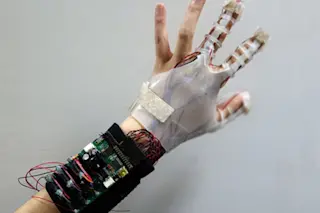As far as I’m concerned, any aspiring tinkerer who wants to be a recognized inventor should be required to hire a publicist. Politicians and other gloomy Gusses are always complaining that Western innovators have lost their competitive edge, but if you ask me, what we’re really lacking is something much more fundamental: the talent for saying something memorable after we’ve innovated.
For millennia the world has been up to its flasks in madcap inventors, and not one of them has ever produced a good sound bite. Does anyone have any idea what Henry Ford said after building the first Model T? What Robert Fulton said after launching
America’s first successful steamboat? What Eli Whitney said after inventing the cotton gin? (Except, perhaps, Gin!)
Near as I can tell, the most electrifying inventor’s quote the average person can recall is Alexander Graham Bell’s less-than-stirring telephone message: Mr. Watson, come here, I ...



